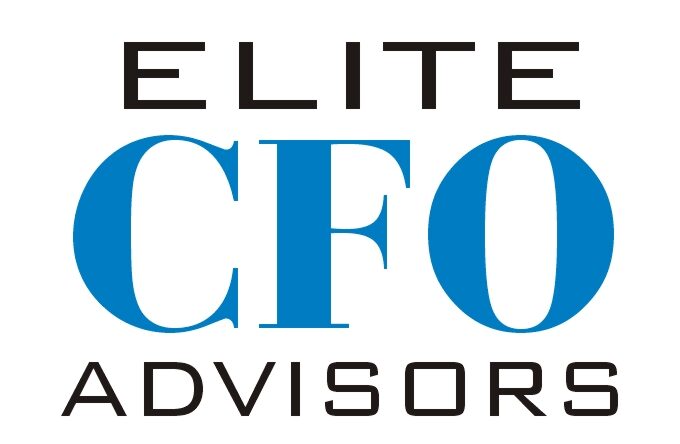
Income from an S Corporation is not taxed as investment income. Instead, it’s treated as pass-through income to the shareholders. Here’s how it works:
Pass-Through Taxation: S Corporations are pass-through entities, meaning the income, losses, deductions, and credits of the corporation “pass through” to the shareholders, who then report these items on their personal tax returns.
– Taxed at Individual Rates: The pass-through income from an S Corporation is taxed at the individual income tax rates of the shareholders, not as investment income. This income is reported on the shareholder’s personal tax return using the information from Schedule K-1 (Form 1120S) provided by the S Corporation.
– Employment Income vs. Distributive Share: If shareholders work for the S Corporation and receive compensation, this compensation is subject to standard payroll taxes (Social Security and Medicare) and is taxed as ordinary income. However, the distributive share of the corporation’s income, which passes through to shareholders, is not subject to payroll taxes and is taxed at their individual tax rates.
– Not Subject to Net Investment Income Tax (NIIT): Generally, the distributive share of S Corporation income passed through to shareholders is not subject to the Net Investment Income Tax (NIIT), which typically applies to investment income like interest, dividends, capital gains, and rental and royalty income. However, specific conditions and activities of the shareholder could potentially make parts of this income subject to NIIT under certain circumstances.
– Schedule E (Form 1040) is used by taxpayers to report income and losses from rental real estate, royalties, partnerships, S corporations, estates, trusts, and residual interests in REMICs (Real Estate Mortgage Investment Conduits). Here’s a breakdown of its primary purposes:
– Rental Real Estate Income.
– Royalty Income.
– Income from Estates and Trusts.
– Income from Partnerships and S Corporations: Taxpayers who are partners in a partnership or shareholders in an S Corporation use Schedule E to report their share of the entity’s income or loss, which is passed through to them. They receive a Schedule K-1 form from the entity, detailing their portion of the income or loss to report.
By reporting these types of income on Schedule E, taxpayers can accurately reflect their income or losses from these sources on their personal tax returns. This schedule helps to calculate the taxable income that will be subject to income tax, after accounting for allowable expenses and deductions related to these activities. It’s important for taxpayers involved in these types of financial activities to maintain detailed records to support the income and expenses reported on Schedule E. #Scorp#ScorporationTaxes#IncomeTaxes#TaxAccountant#CFOAdvisor#FractionalCFO

